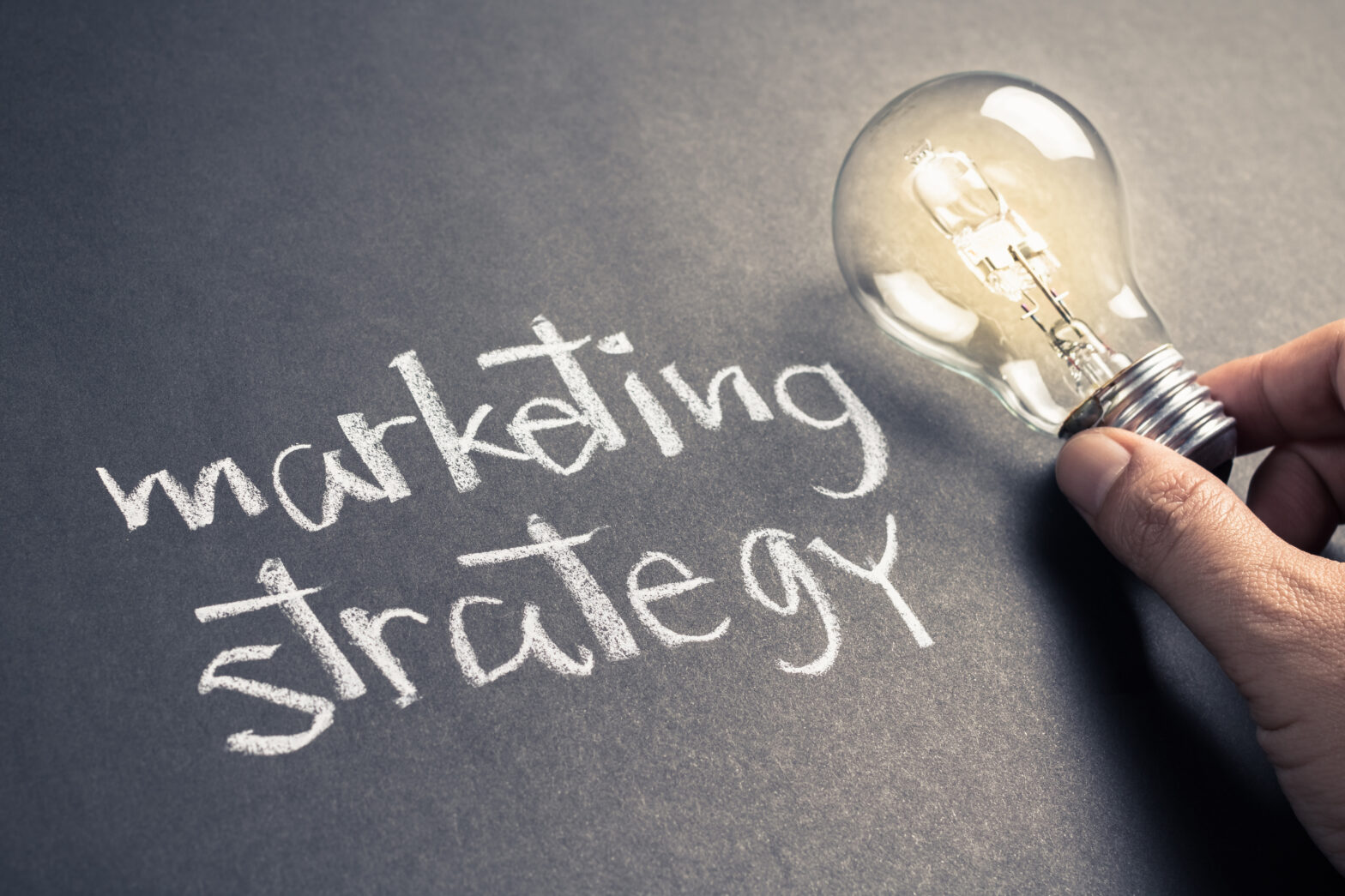Maite Barón discusses ways to implement the branding strategies outlined in her last article.
Last month I wrote about the importance of having a brand, whatever the size of your business, to create distinctiveness from the competition and a ‘short cut’ to your buyer’s brain.
So now that you have worked out your business persona and values – conventional, unconventional, traditional, forward-thinking, technological, modern, fast-moving, cost-effective, comprehensive or whatever – and checked that the values you’ve come up with aren’t in conflict with each other (you can’t, for instance, be a specialist that sells everything, or a traditionalist that’s ‘cutting edge’, at least not easily), it’s time to turn your brand into practical reality.
Unless you are going to outsource, then like most businesses you will have to take on much of the rebranding work yourself. Given your undoubtedly limited time, that means prioritising what you do, so set yourself a ‘rebranding schedule’ for doing the work.
Concentrate on those areas that will have the greatest impact soonest. Your logo and visual identity is normally the first port of call, as these are likely to be incorporated into virtually every element of your marketing.
And while a graphic artist can quickly produce a logo that might work, a visit to a small design agency may be a better bet in helping you achieve not just a logo, but a whole visual identity, with a proper ‘rationale’ behind it.
With ‘ident’ done, start applying it to the parts of your business where it will be seen by those you want to influence.
For many companies, and particularly for home-based businesses, online is where you are likely to have the greatest opportunities to communicate with customers or clients and therefore the point which offers the greatest opportunities for rebranding.
One of the most important of these is your website. Websites are pretty much at the centre of every business, no matter how large or small, and the hub for all its marketing activity. So if your website doesn’t look right, rather than attracting people to do business with you, it will put them off altogether.
At an everyday level, no less important are the emails you send, so if you are still sending out unbranded messages, do something about it by adding your logo, strapline and description of what you do – it’s an easy, effective and zero-cost way to add personality and status to your business. Better still, get an email template properly designed, then make sure that everyone in your business uses it for their emails.
If you have physical premises, these are also an important part of the rebranding exercise that you will want to address as soon as possible After all, there’s no point pretending on your website that you are a high quality, go-getting, modern company when the most cursory of glances at the shabby exterior of your offices tells quite a different story. Worse still, you will never know how many people are put off by doing business with you by the way your business looks because they’ll just walk straight by.
Even a splash of paint can be fundamentally important to your rebranding. Freshening up a tired, unattractive and unprofessional looking exterior will do a lot to reinvigorate any business.
That same approach should be also be taken inside. Having drawn customers in, you won’t want to undermine the professional image that you’ve created with a shabby reception area and meeting rooms straight out of a Dickens novel. Again, a couple of coats of emulsion and a visit to IKEA for some low-cost but stylish furniture can do the trick.
Your vehicles may also need a new livery, but if this is a step too far in the short-term, at least make sure they are regularly cleaned.
But no matter how good your business looks to the eye – all the things mentioned so far only create a ‘perception’ – it’s only when they start to do business with you that clients or customers get to know the real you.
So the behaviour and approach of your staff, particularly towards customers or clients, is as much a part of your brand as anything else. Therefore the right attitude is something that should pervade every pore of your business; do that well and you really will have something worth shouting about.
There are many obvious examples of this. For instance, Domino’s ‘guaranteed pizza delivery in 30 minutes’ is the strong part of its brand proposition, more so than its red and blue two dominoes logo. But, unless Domino’s keeps – excuse the pun – delivering on the 30-minute guarantee part of its brand, the brand will be undermined to the point where it means nothing. It would then be indistinguishable from anyone else making and delivering pizzas.
Branding is a complex issue that can’t be covered in detail here, but I hope that from these two articles you’ve gained a sense of how important it is, and that if you are going to create distinctiveness in the marketplace that sets you apart from your competitors, branding has to be far more than an afterthought.





